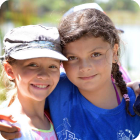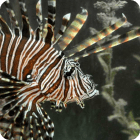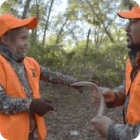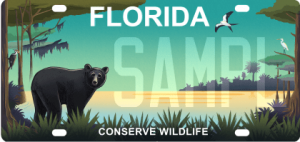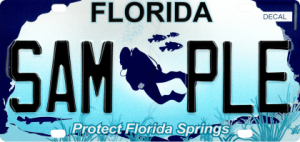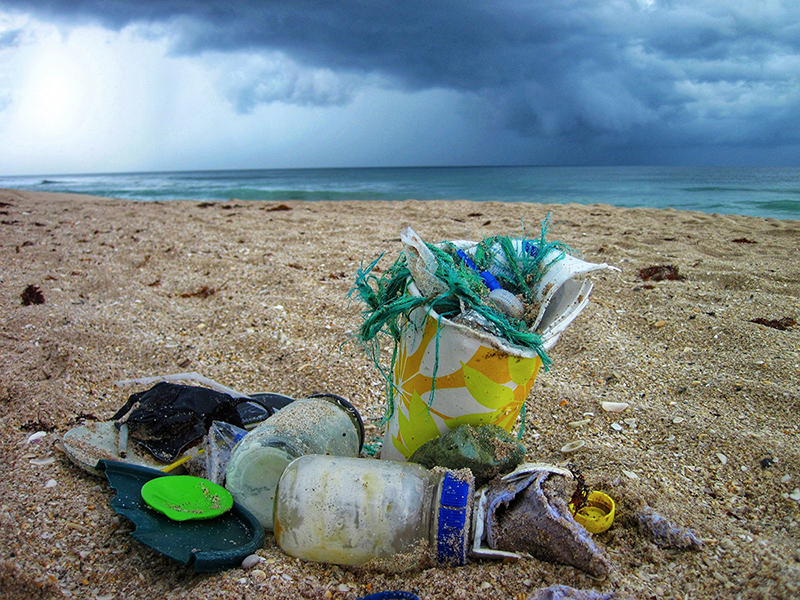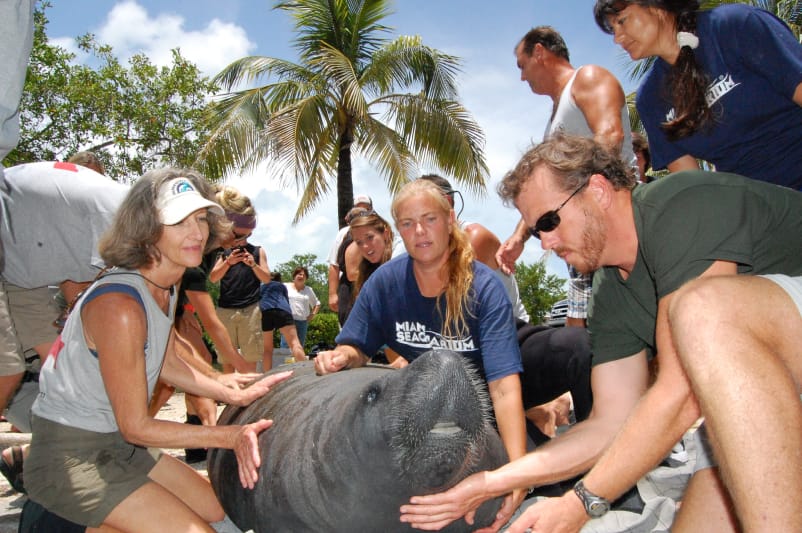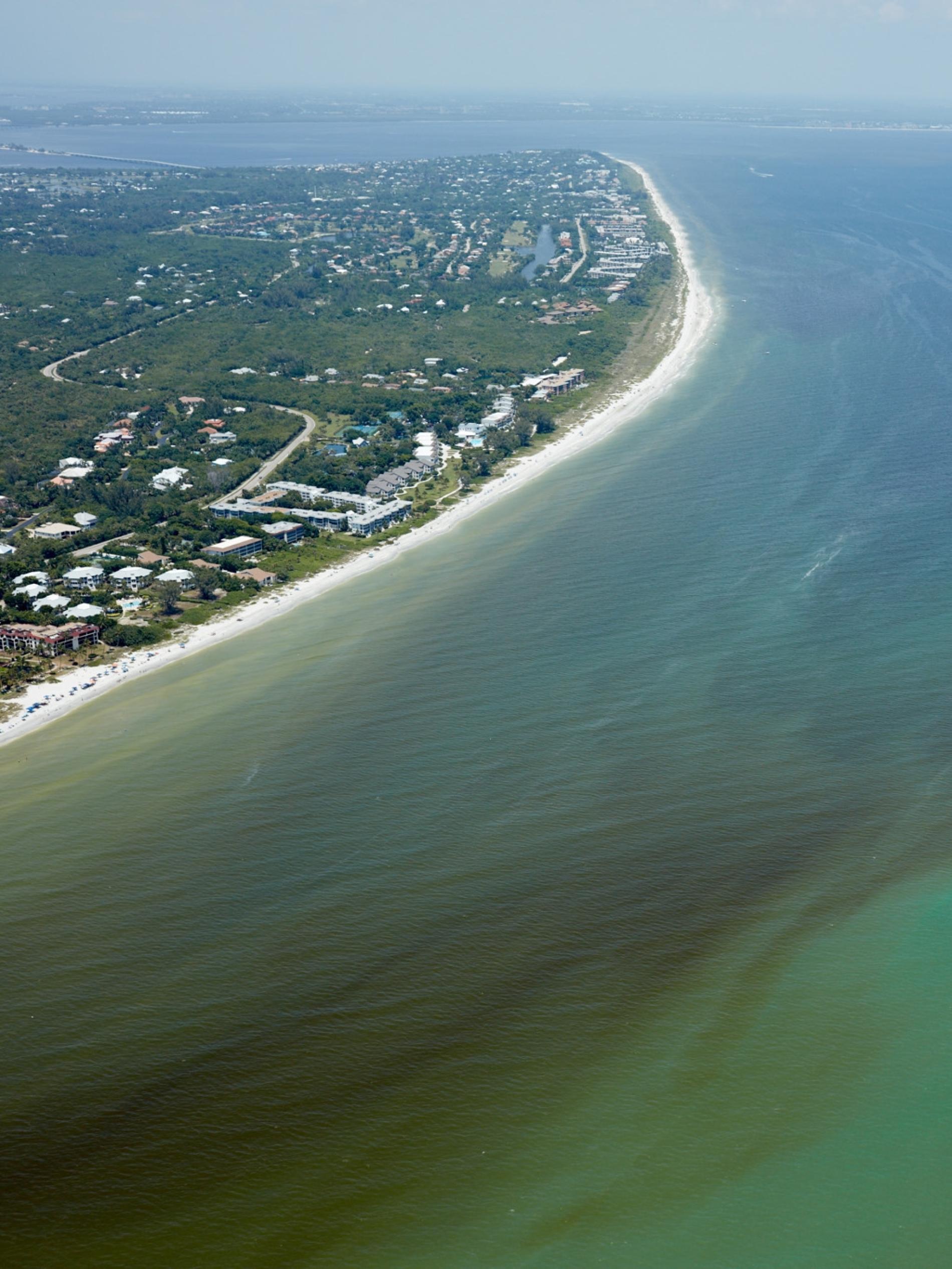
By: Kyle Grammatica
Our oceans are full of microscopic organisms that play an important role in the ecosystem. However, when these microorganisms get too plentiful, they can cause dangerous algal blooms that harm humans and ocean life. One type of harmful algal bloom that frequently occurs in the Gulf of Mexico is red tide. Read on to learn more about red tide, its impact on our ecosystem, and actions that are being taken to help prevent it.
What is Red Tide?
Algal blooms like red tide are natural occurrences caused by high amounts of nutrients like nitrogen and phosphorus. Some blooms are a seasonal event triggered by ocean currents causing an upwelling of nutrients from the bottom of the ocean. Hurricanes and other large storms can cause red tide through a similar process. Ocean salinity, temperature, and wind all affect the creation and size of a red tide bloom. Pollution, mainly from agricultural and sewer runoff, raises water temperature and provides an abundance of nutrients for microorganisms to feed on. This increases the chance of red tide and makes the blooms more severe. The extent of human’s effect on red tide is not fully known.
While the term red tide is used to describe many types of harmful algal blooms, the red tide that most frequently occurs in the Gulf of Mexico is referred to as Florida red tide and is caused by the microscopic alga called Karenia brevis. Karenia brevis blooms have been documented in Florida since the 1800’s and are an almost yearly occurrence with varying levels of intensity. Red tide most frequently occurs in Summer when the water temperature and other conditions promote algal blooms. During Florida red tides, K. brevis becomes so plentiful that the seawater appears to be red or brown, although some red tides do not discolor the water.
Impact on Humans and Wildlife
Red tide has many devastating affects on the ocean ecosystem, one of which is the creation of dead zones. Dead zones are created when the algae responsible for red tide starts to die. The algae’s decaying process consumes the oxygen in the ocean causing fish and other sea creatures to die in large numbers. The fish are unable to escape the dead zone as the lack of oxygen makes them lose consciousness almost immediately.
The algae responsible for red tide produces natural toxins and, when present in large amounts, the toxins can kill dolphins, turtles, marine birds, and manatees. The toxins are so potent that within minutes of being exposed to red tide, fish begin to swim erratically and then become paralyzed. The fish exposed die within an hour. Animals that don’t come into direct contact with red tide can still be harmed by eating fish or shellfish that have died from the toxins.
Humans can get shellfish poisoning from eating shellfish that were not properly tested for toxins or have been harvested incorrectly. The red tide toxins cause skin to be irritated if you have been swimming in the ocean and eye irritation and respiratory problems can occur if the toxins enter the air. This can become a serious problem for people who already have respiratory issues.
Red tide is a hot topic and researchers are working to determine ways to halt the growing number of red tide blooms. Florida Fish and Wildlife Conservation Commission (FWC) actively monitors the Gulf and gives updates on any red tide blooms. An easy way to help prevent red tide is to limit use of fertilizer as the nutrients present in them feed the algae that cause red tide. You can also purchase our Discover Florida’s Oceans plate to help preserve our oceans and protect the plants and animals that call it home.


